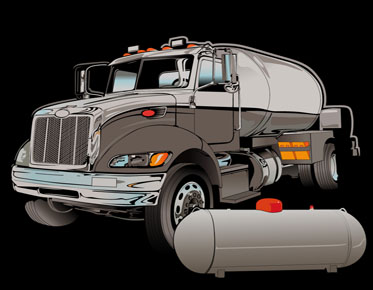An Introduction to Best Embroidery Digitizing Company And It’s Methods
To get an embroidery digitizing project started, you need to know about the final format and size for the embroidery design. Once you have the design ready and know what kind of embroidery machine it will be used on, there are several companies online to choose from for digitizing.
Design
from beginning to end on the embroidery machine
Different types of embroidery stitches are distributed to different places, taking into account factors such as fabric types and clothing "push and pull".
Understand
the work of digitization
First,
digitizers need to know what work requires. This means knowing how big digital
design should be and what kind of fabric and clothes it will be embroidered on.
It also needs to learn how to understand design. If the design is blank, should
these spaces be filled with lines or should the background be displayed? The
digitizer should also know whether a certain digitizing style is required, or
whether a certain type of stitch is required to match the existing design.
Prepare
artwork for embroidery digitization
The next step is to let the digitizer view the artwork and decide whether it needs to be changed to embroidery. The dimensions of the completed design must be considered. Not every logo such as a business card is suitable for embroidery. Many designs need to be changed or made easier to understand. Sometimes, the design name and a small picture are all used. Some parts, such as the outline, may need to be deleted, and small text may need to be enlarged and moved.
Path
in digitization
After
the artwork is changed in the graphic program, the file is opened in the
embroidery program and used as a template to make stitch files (computer files
composed of different stitch types). First, the digitizer must choose how the
"path" of the logo will proceed. The path is the stitch sequence from
the beginning to the end of the design. Pathing can change how the finished
embroidery design will "lie". If the design is not embroidered in the
correct order, you may end up with uneven gaps in the fabric or text. In the
embroidery process, the path will also affect the time that the design runs on
the machine. Even if the run time doesn't matter to you, shorter, smoother
designs will cost you less.
Type of embroidery stitch
Next,
the digitizer provides each part of the design with a stitch type according to
which stitch type can best display the artwork. The first thing the digitizer
does is add the base map stitch.
Even if you can't see the stitches in the finished logo, they are an important part of making a beautiful logo. The padding helps to stabilize the fabric onto the backing, which is another important part of embroidery. It can also smooth the nap of the fabric, so that the remaining stitch can work on a flat surface, and increase the design density.
If you do not use the correct padding, the stitch may sink into the fabric, or you may be able to see the shirt fabric through the design. There are only three basic types of stitch: run, satin, and fill. However, there are many different kinds of each. For example, the filling stitch is used to cover a large area. The digitizer must decide which type of filling stitch to use, the direction of filling, and the start and end positions of filling in the design.
When making these choices, the digitizer must consider which fabric the logo will be embroidered on and make the correct changes. The stitch will penetrate into fabrics such as fleece and be laid on more dense fabrics such as nylon. It was originally a digital logo for denim. The stitch can be placed on the surface. When it is embroidered on a leather jacket, it looks bad, and the stitch will sink into the fabric.
The
ups and downs of embroidery
Push and pull is another important part of embroidery. When a design is being embroidered, it may move. Some stitches will be unfastened. This can occur on thick fabrics, long stitches, large threads, and tight thread axes. The digitizer must consider the influence of pushing and pulling.
Embroidery
sewing
Although
many left chest corporate logos are easy to use for experienced digitizers,
designs with fine details, small text, color gradients, and large color
variations take longer to set. Digitization is a cautious process, which can
only be completed through time and practice. The digitizer must know the
appearance of the stitch on different fabrics that he saw in the embroidery
software. If the digital design is good, your logo will look better, so please
look for an embroiderer who is good at digitization.



